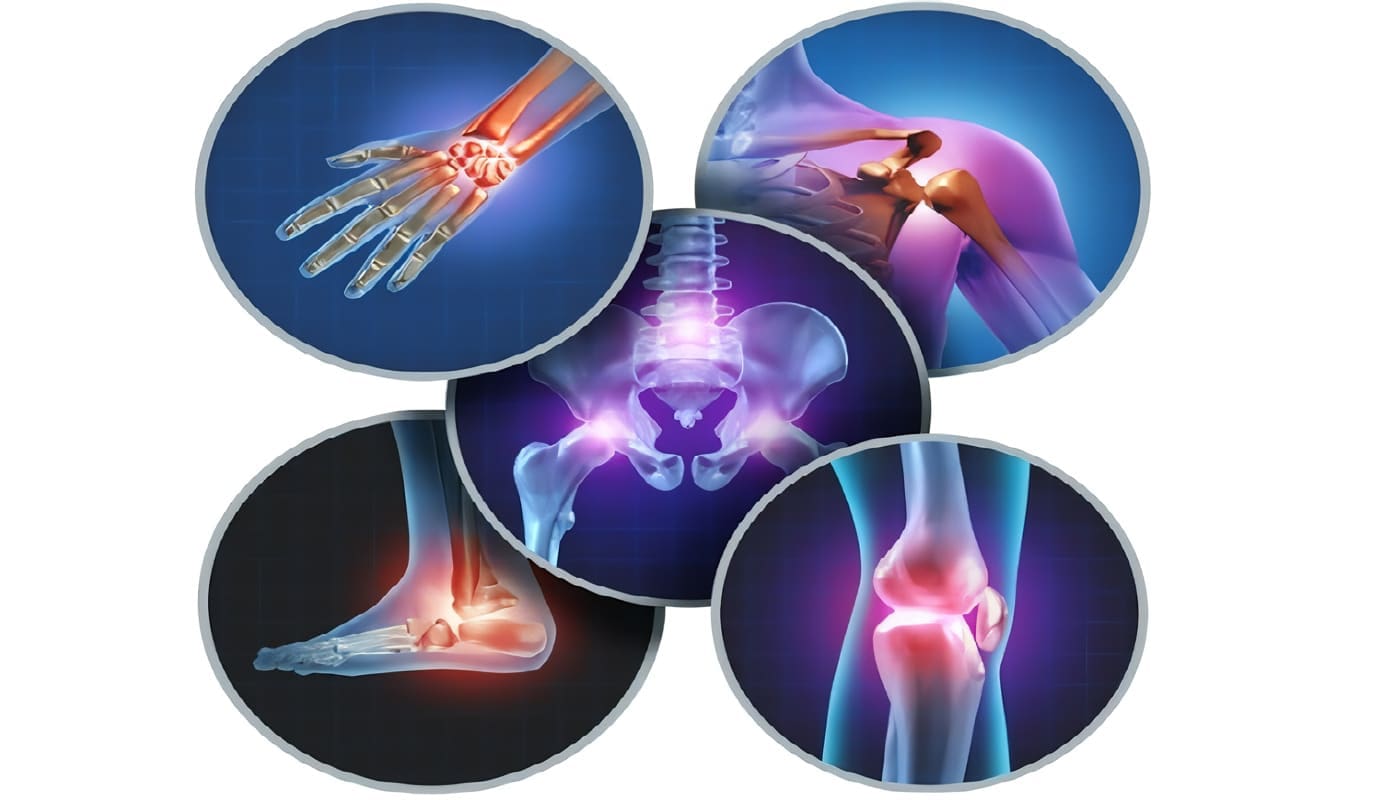Publicidad
DOLOR
|
. . 15 12 8 4 0 |
ESTABILIDAD DEL TOBILLO
|
. 15 5 0 |
HABILIDAD PARA CAMINAR
|
. . 15 12 8 4 0 |
HABILIDAD PARA CORRER
|
..10 8 6 3 0 |
HABILIDAD PARA TRABAJAR
|
. . 10 8 6 3 0 |
MOVILIDAD DEL TOBILLO
|
. . 10 7 4 0 |
RESULTADOS RADIOLÓGICOS
|
. . 25 15 10 5 0 |
| MÁXIMO PUNTAJE POSIBLEEXCELENTE BUENO REGULAR MALO |
10096- 100 91-95 81-90 0-80 |
Bibliografia
- Ahl T, Dalén N, Selvik G, Ankle fractures. Clin Orthop 1989; 245: 246-255
- Baird R, Jackson S, Fractures of the distal part of the fibula with associated disruption of the deltoil ligament. J Bone Joint Surg 1987; 69 A: 1346-1352.
- Bauer M, Bergtrom B, Hemborg A, Sandegard J, Malleolar fractures: nonoperative versus operative treatment. Clin Orthop 1985; 199: 17-27.
- Finsen V, Saetermo R, Kibsgaard L, et al, Early postoperative weight bearing and muscle activity in patients who have a fracture of the ankle. J Bone Joint Surg 1989; 71 A: 23-27.
- Heim FA, Trimalleolar fractures: late results after fixation of the posterior fragment. Orthopedics 1989; 12: 1053-1059.
- Heim U, Pfeiffer KM, Internal fixation of small fractures. 3rd ed New York: Springer Verlag, 1990: 286-317.
- Hoblitzell RM, Ebraheim N, Merritt T, Jackson WT, Bosworth fracture-dislocation af the ankle. Clin Ort-hop 1990; 255: 257-262.
- Jupiter J, Browner B, Skeletal trauma. 1rt ed. Phipadelphia: W.B Sounders Company, 1992: 1871-1957.
- Lantz BA, Mc Andrew M, Scioli M, Fitzrandolph R, The effect of concomitant chondral injuries accompanying operatively reduced malleolar fractures. J Orthop Trauma 1991; 125-128.
- Leeds H, Ehrilich M, Instability of the distal tibiofibular syndesmosis after bilmalleolar and trimalleolar ankle fractures. J Bone Joint Surg 1984; 66-A: 490-503.
- Limbird R, Aaron RK, Laterally comminuted fractured-dislocation af the ankle. J Bone Joint Surg 1987; 69-A: 881-885.
- Lindsjo U, Opreative treatment of ankle fracture-dislocations. Clin Orthop 1985; 199: 28 – 38.
- Lindsjo U, Classification of ankle fractures: the Lauge-Hansen or AO system? Clin Orthop 1985; 199: 12-16.
- Mast J, Teipner WA, A reproducible approach to the internal fixation af audult ankle fractures: rationale, technique, and early results. Clinics Orthopedics of North America 1980; 11: 661-679
- Mc Lennan JG, Ungersma JA, A new approach to the treatment of ankle fractures. Clin Orthop 1986; 213: 125-136.
- Montaje I, Zych GA, An unusual fracture of the talus associated with bimalleolar ankle fracture. Clin Orthop 1986; 208: 278-281.
- Muller ME, Algower M, Scheneider R, Willenegger H, Manual of internal fixation AO-ASIF. 3rd. Ed. New York: Springer-Verlang, 1990: 870-890.
- Needleman RL, Skarade DA, Stiehl JB, Effect of the syndesmotic screw on ankle 1989; 10: 17-24.
- Quintero Laverde J, López J, Conceptos actuales y resultados del tratamiento quirúrgico de las fracturas de cuello de pie. Revista colombiana de ortopedia y traumatología 1988; Vol.2: 49-60.
- Ramsey PL, Hamilton W, Detaware W, Chanfes in tibiotalar area of contact caused by lateral talar shift. J Bone Joint Surg 1976; 58-A: 356-357.
- Rockwood CA, Green DP, Bucholtz RW, Fractures in adults. 3a. Edición Philadelphia: J.B. Lippincott Company, 1991: 1983-2031.
- Schatzker y Tyle. Tratamiento quirúrgico de las fracturas. 3ª..edición Buenos Aires: Ediciones médicas Panamericana, 1989: 448-460.
- Solari J, Benjamin J, Wilson J, Lee R, Pitt M, Ankle mortise stability in Weber C fractures: indications for syndesmotic fixation. J Orthop Trauma 1991; 5: 190-195.
- Thomse N, Overgaard S, Olsen L. Hansen H, Nielsen S, Observer variation in the radiographic classification of ankle fractures. J Bone Joint Surg 1991; 73-B: 676-678.
- Withelaw GP, Sawka MW, Wetzler M, Segal D. Miller J, Unrecognized injuries of the lateral ligaments associated with lateral malleolar fractures of the ankle J. Bone Joint Surg 1989; 71-A: 1396-1399.

